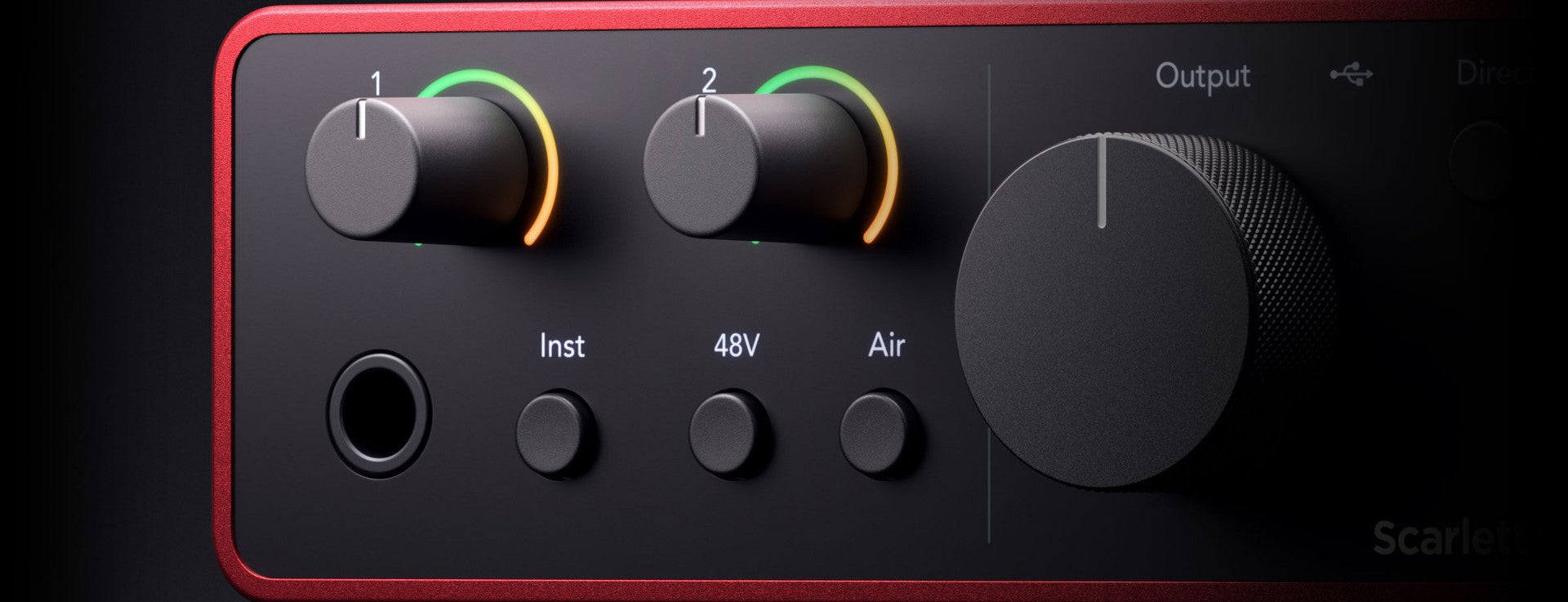How To Choose the Right Guitar for Your Child
A dream come true for many parents, the day may come when your child comes to you, professing a newfound, yet miraculously undying love of music. More specifically, they want to learn how to play the guitar and need one right now. As much as you want to nurture this recent appreciation of the arts, you need to be prepared for everything that comes with the decision.
There are a number of factors to consider before starting this journey, and the least of which is how to choose the right guitar for your child. Here is a helpful guide for what you need to learn about and discuss with your child before they even strum those first few strings.
Why Learn Guitar
The reason many parents are so keen on their children expressing an interest in music is the host of benefits provided by learning how to play an instrument. The most obvious is the self-esteem boost your child will receive as they start noticing the results of their hard work. Even from a young age, children are able to learn the basic building blocks of songs and how they can be constructed into something bigger.
Children who enjoy playing an instrument are also more likely to gain an appreciation of the art of music. This passion that is sparked is one that can stay lit within them for life. This love of music might spark an interest in history due to a love of the classics. It could inspire a love of language as your daughter feels the passion of her favorite lyricist deep in her very soul. Your son might be introduced to production techniques from recording in his bedroom. These are just some of the many ways that children can benefit from learning an instrument at a young age.
When To Buy
The first thing to do when your child expresses an interest in learning any new skill should always be to discover how dedicated they plan to become. There’s no reason to invest in top-of-the-line gear if it ends up gathering dust in a closet in a few months. When discussing their desire to learn an instrument, sit down and have a discussion with them on their level. This discussion will vary by age and maturity level, but you should impress upon them the amount of time and work it will take to learn how to play the guitar.
While you are mulling over your options, take the time to enroll your child in some beginner-level guitar classes or consider hiring a tutor. For many of these sessions, there will be guitars available to borrow or rent. See how dedicated your child is between sessions. If they are practicing and taking their lessons seriously, it will show in how they progress and the amount of time spent playing outside of classes.
Choosing the Type
After reaching the determination that your child’s musical aspirations aren’t merely a fly-by-night desire, you should next talk with your child about the style of guitar they would like to play. The choice is between classical, acoustic, and electric, and it usually comes down to preference, with the style of music they want to learn going a long way towards determining the appropriate choice.
Classical
Classical guitar is where the majority of novice players start, and for a good reason. The strings of classical guitars are typically made of nylon, which is gentler than most other string types. A big drawback for many children who play classical guitars is the inability to duplicate the sound of the rock and pop songs they listen to on the radio. This disconnect could discourage them from continuing if there is a disconnect between their goals and their equipment’s capabilities.
Acoustic
An acoustic guitar is very similar to classical guitars, with one major distinction between them: while classical guitars use nylon strings, acoustic make use of steel strings. This allows an acoustic guitar to create much brighter and louder sounds than its counterpart. The biggest drawback to acoustic for many children is actually the strings, which can be sharp and difficult for some children to play.
Electric
Electric guitars are typically much smaller than the corresponding classical and acoustic options. This makes it easier for younger or smaller players to use, but the corresponding weight increase might create problems of its own. Electric guitars also use steel strings, making it difficult for some children to play. There is also the issue of the additional noise being produced because, as it might become tiresome somewhere around the 429th time you hear “Twinkle, Twinkle” blaring loudly from your child’s bedroom.
About Guitar Sizes
The other important decision you must make when debating how to choose the right guitar for your child is what size of guitar to purchase. The difficulty isn’t in finding the appropriate guitar for this immediate moment, but instead, one that will be best for them to grow and learn on. Most children can first start learning to play guitar around the age of 6, but it is possible to teach younger children with a patient and gifted teacher.
Guitars are usually measured in inches and come in four standard sizes. A ¼ size guitar is 30” long and is for those exceptionally young learners between the ages of about 4 and 6. The next step up, a ½ size guitar, is for children between about 6 and 9 and stands 34” tall. Those between the ages of 9 and 12 usually are best equipped with a ¾ size guitar, which is 36” in height. Finally, a full-size guitar is about 40” tall and is able to be comfortably handled and played by most children over the age of 12.
If the time is now to make the music dreams of your child come true, stop into one of our retail locations or shop our website for the best beginner guitars for sale you’ll find anywhere. Check out Yandas Music today for all your musical instrument needs.




